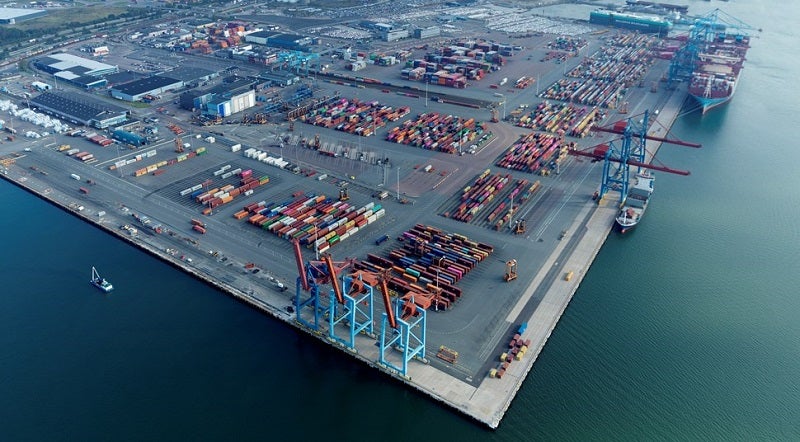
Port of Gothenburg in Sweden has announced plans for a new short-sea terminal service to facilitate intra-European container transportation.
The new terminal, which will be run by APM Terminals, will be situated at the recently renovated Skandiahamnen’s western quay.
The area is currently being assessed to determine what adjustments will be needed to ensure an efficient short-sea handling system.
The aim of the project is to incentivise transport buyers to shift from intra-European road transportation to the environmentally friendly sea alternative.
Gothenburg Port Authority chief executive Elvir Dzanic said: “In the wake of the pandemic, new logistics patterns have evolved with goods owners moving parts of their global production system closer to Europe. Short-sea is a growing segment, and we are pleased that APM Terminals is continuing to meet the needs of the market, and at the same time broadening the port’s overall service offering.”
APM Terminals Nordic managing director Dennis Olesen said: “We are proud to be able to expand our already extensive portfolio with a sustainable and competitive short-sea solution. We see that container traffic in Europe is growing in importance and it is a natural progression that we provide our customers with a service that offers even greater flexibility.
“As a global player with strong links to the Nordic region and Europe, we already have good experience from short-sea solutions that we have rolled out previously. At present, we are working on all fronts to identify and tailor our solutions to match the needs of the Swedish market.”
The new terminal will also have the capacity to manage coastal and inland shipping.
To support this, specific requirements for the loading and unloading of barges and smaller ships are being considered in the development of the terminal.
Dzanic added: “Increasing domestic shipping is high on the government’s agenda and we are looking to support this. It is a classic example of the benefits of systems thinking, and it is a further addition to the range of services that we offer, giving us even more reason to call ourselves the ‘the no-limit port’.”



